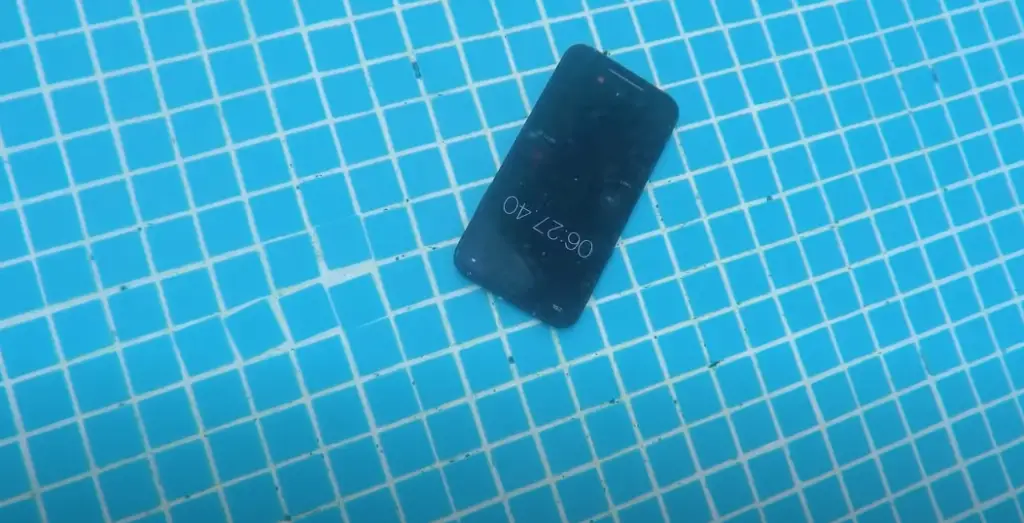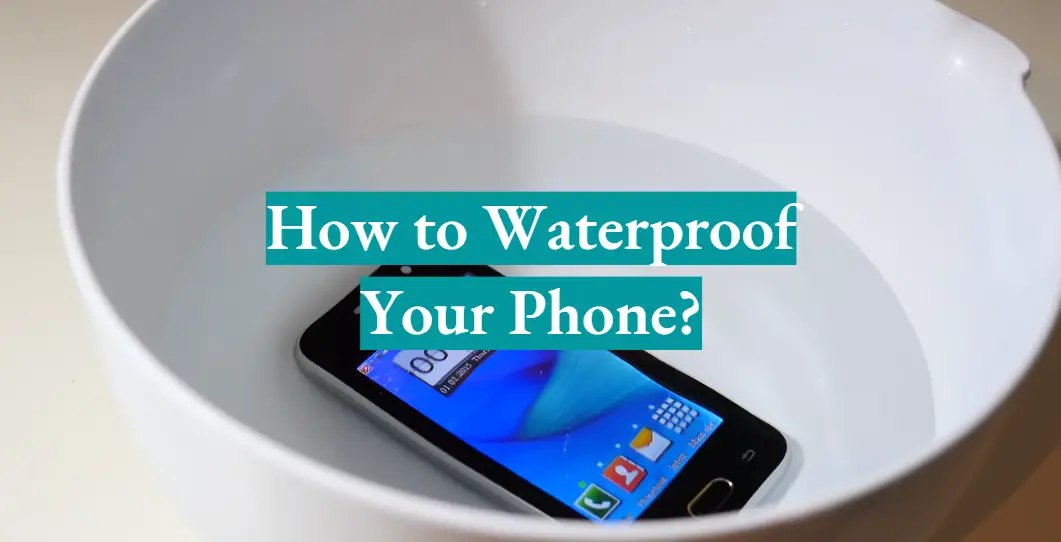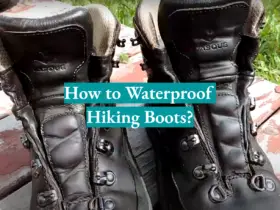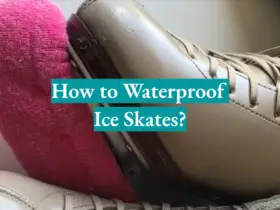Modern smartphones are fairly water resistant. That is, under normal operating conditions, a small amount of moisture will not cause any harm to their performance. In other words, some raindrops or melted snowflakes will not lead to any operational issues. But you still better wipe them off immediately. Though, it is already a risk to carry your phone together with wet things, leave alone complete immersion in water, even for a few moments. If you are an owner of the latest smartphone, it may have enough protection from such cases. But what should owners of gadgets with zero protection do? Do not worry, there are many tricks to protect your phone from water, and many of them are available to absolutely everyone.
How to check if your phone is waterproof?
There are many advertising videos on whether gadgets perform thrilling stunts, falling from a height, lying in dust or getting wet in a heavy rain and still continue to operate flawlessly. But in real life, water is ruining most gadgets. However, manufacturers try to keep up with trends and produce waterproof phones. Such products have a really high level of moisture protection, allowing you to safely use the device in the bathroom, in the rain or even when swimming in the sea. But these models are really expensive. Still, when choosing a new phone, it is vital to check what protection class is stated on the box or case of the device. The waterproof properties are proved by IEC IP67 and IP68 certification. How to read these abbreviations?
IP – means International Protection, a standard developed by the International Electrotechnical Commission (IEC).
The first number after IP means protection from dust and from ordinary dirt.
The second number means protection from water.
Modern phones may have protection of IP67 and IP68 standards. In both cases, these devices are equally resistant to dust but differ in the level of water resistance. Thus, a phone with IP67 protection can spend up to 30 minutes under the water at a depth of maximum 1 meter. Phones with IP68 protection can stay the same 30 minutes under the water but at the depth of 1.5. But there is one nuance – manufactures conducted this testing in fresh water and there is no data how phones will survive in salt water.

The next generation of phones will have protection of the IP69 standard. The “9” digit means that devices with such protection can be washed at high-temperatures. Such cases not only have a high degree of protection against dust, but also are capable of maintaining high pressure of water during washing at a temperature to 176 °F.
But even if you are using a phone with a high water protection level, you should avoid keeping it in water for a long time. At the same time, such phones will not suffer after an unexpected dive. Though, devices with moisture protection have one serious downside – and it is a potential issue with warranty repairs. It is almost impossible to predict how a smartphone will behave in extreme situations, and not all of them may be considered a warranty case.
Ways to protect your phone from water
It is very wise to think about protection of your phone in advance as you may find a lot of accessories that will help you keep it safe and sound. Here are some of them:
Waterproof covers
It is one of the most reliable ways to protect your smartphone from water penetration. There are a lot of specially designed sealed cases that are created for travelling and prevent water from reaching all phone areas vulnerable to moisture. These accessories are often developed for specific phone models and can exactly repeat their shapes. With such a cover, you may not worry over the spilled drinks and other liquids. Some of them will even allow you to conduct an underwater photo shooting during your vacation. But note that these covers often make it hard to press buttons on the phone or use touch screen features. So check how everything works well in advance.
Plugs for connectors
Technological apertures in the phone are the primary risk areas. But you will find a huge number of plugs on sale for all possible types of connectors that will protect the most vulnerable parts of the gadget from water. They can come even with decorative elements. These accessories are very affordable and their benefits are invaluable. If you often use your phone outdoors in any weather, plugs are a must-have thing for you. Of course, they will not save your gadget from drowning, but it will help you not to worry about splashes and dust. Plugs effectively increase chances for mobile devices to remain intact after their occasional contact with water.
Universal cases
If you use a phone from a famous brand, you will also find a case for it. But what to use for an unpopular smartphone model? For such phones, you can buy a universal case. It is designed in the form of a pocket with a tight zip fastener. These cases are suitable for any device, as well as documents, tickets, and things you may carry with you and need to protect from water. Such accessories are really versatile – they will reliably protect your phone from rain, accidental spills, snow and even salt water. This item is an essential thing for a vacation.
Moisture repellent sprays
It is another solution to protect against dripping. There are highly effective moisture-repellent sprays that do not allow water to stay on the device. They are especially recommended to use during rain or snow. But you should not rely entirely on these sprays – they provide only minimal protection, which will not save the phone when it is completely immersed. However, in some cases, spray treatment allows you to carry the gadget without a tight case. Plus, some compounds enhance the protection of the case and screen from sunlight, scratches and more.
DIY methods to waterproof your phone
It can be a case that you do not have the possibility to buy one of the above-listed accessories. And what to do in this case? In the most extreme cases, you should look for whatever is at hand at the moment. In heavy rain, for example, it will not be enough to put the phone in your backpack. To make it safer, use a simple plastic bag or file for documents to pack the phone. This protective measure is far from being ideal but still can do a good job. On the beach, even a plastic bottle can help you – cut in two parts and put a phone inside.
There is an efficient and cheap solution that almost everyone can do at home – use a Ziploc bag for this purpose. It will help you create a waterproof pouch just in a few steps:
- Take one transparent plastic bag with a zip lock;
- Put your phone inside;
- Fold the edges of the bag on the reverse side of the phone and secure them with a sealing tape;
- Check if you can use your phone through bag;
- Now add an additional layer of protection by putting your wrapped phone in another Ziploc bag;
- The job is done – now you can test it under your tap.
This cheap method can become an excellent temporary solution.
Alternatively, you can purchase a dry bag to protect your phone for a short period or use hydrophobic liquid to make Nano-coating over your device. But always be cautious not to expose gadgets to water for longer periods. Even the highest manufacturer protection may play a trick on your phone.
What to do in an emergency case?
Sometimes, despite all protective measures, a telephone may unfortunately come in contact with water. Here is an action plan to follow in the event that you accidentally dipped your gadget.
Switch off your phone
If your phone dives into water or other liquid, you should immediately turn it off. The reason for this is very obvious – electrical impulse can be transmitted through water drops and seriously damage the microcircuit. If it happens, the phone will become non-repairable. You will have no other choice than to throw it away, as motherboard replacement may cost a fortune. Moreover, all your data is lost forever in this case.
Remove battery and SIM cards
Now you should remove the SIM card, memory card and battery from the phone. In such situations, a removable battery becomes a benefit, since no electrical impulses are possible without a power source. Cards should also avoid contact with moisture not to get oxidized, otherwise, they will stop working.
Disassemble and rinse the phone
You need to disassemble the phone as much as possible. Of course, a lot depends on the model and your knowledge of its design. It is crucial to remove as much as possible water from all surfaces and parts of the phone. But be careful to disassemble only what you can later assemble back.
You should know that the main problem is not even water but salt, which remains on the phone parts even after the water dries. Salt residues can eventually corrode metal parts of the device. So you may even rinse the phone parts using distilled water. Alternatively, you can use boiled water if you do not have distilled one around. But never use substances containing alcohol for this purpose.
Let the phone rest
Do not try to immediately turn on the phone to check whether it works. Leave it at least for a night before such an effort.
Do not use a hairdryer
Forget about fixing your drowned smartphone with a hairdryer. It only seems that a flow of air will blow the gadget through and remove all moisture. It is a completely wrong idea. Actually, there are many tiny places on the motherboard where water can remain for a long time. With a hairdryer you will force the droplets to move even further inside.
What about rice?
You may find a lot of recommendations to put your smartphone in a container with rice and leave it there overnight. They say the rice will absorb the remaining moisture inside the phone. But does it really work? Actually, the rice will hardly help you get rid of the water inside your device. Moreover, its smallest particles can easily get inside and make the issue even more serious. It is better to use silica gel – this substance absorbs water much more effectively than rice. You can find silica gel bags in new shoe boxes.
But if your gadget still fails to operate after the above manipulations – take it to a service center. A specialist will inspect the device and replace the damaged parts if it is possible.
While users invent more and more methods to protect their gadgets from various external factors, technologies keep developing. And hopefully, soon, we will have some new solutions that will make devices fully invulnerable to water. And meanwhile, you will surely be safe with one of the above methods if you cannot afford buying a phone with a high water protection level. Nevertheless, it is better to spend a certain amount of money and get a waterproof case. In terms of the ratio of the tightness level and ease of use it is the most reliable option.






Leave a Reply